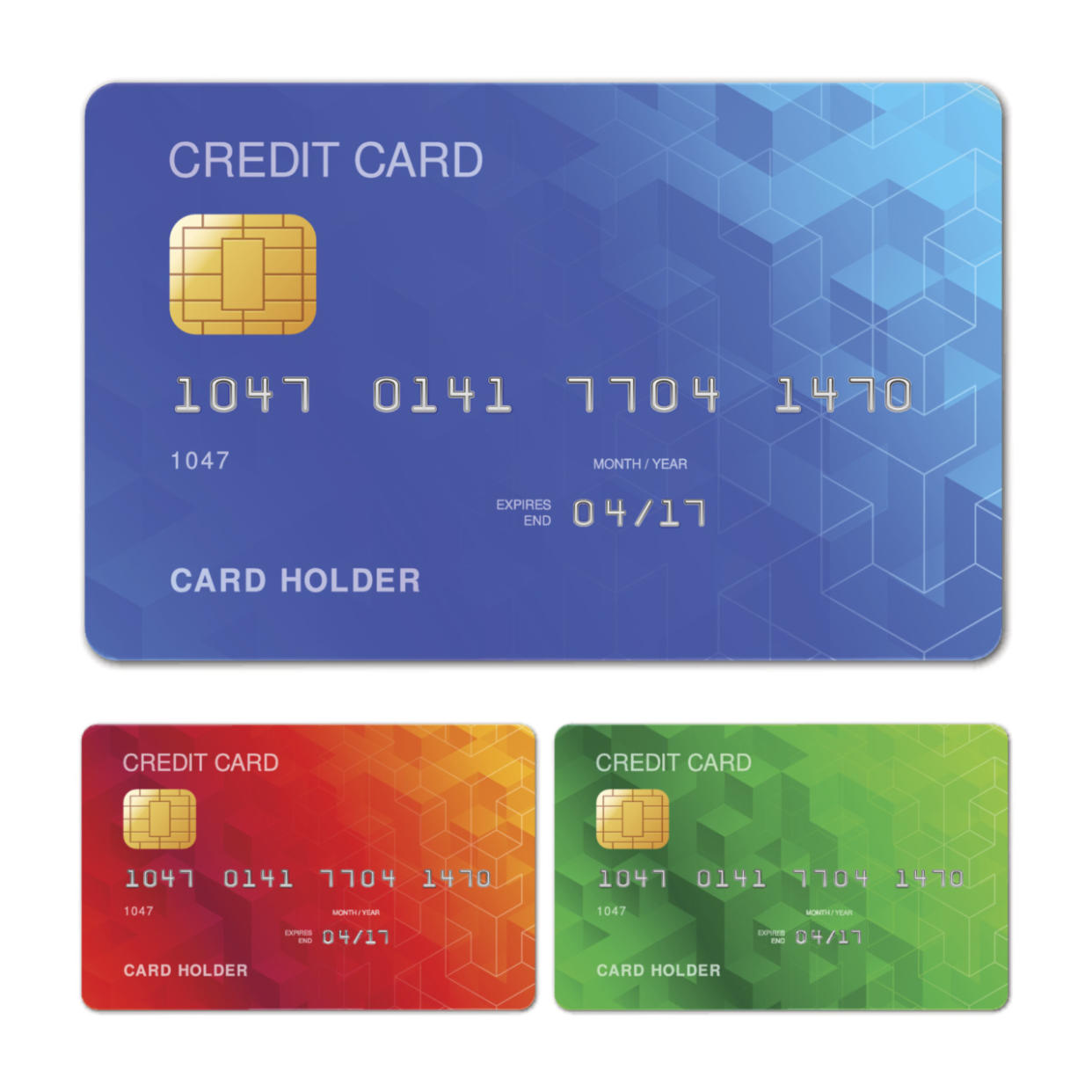Holiday Shopping Paranoia! Smart Chip Cards Prompting Jump in Online Credit Card Fraud

You know that computer chip that’s showing up on your new credit cards? It’s called an EMV chip, and it’s designed to reduce fraud for in-store purchases. Unlike traditional magnetic strips, which store your information permanently, the chip on an EMV card generates dynamic transaction codes with each purchase.
The idea is to prevent hackers from hijacking large amounts of data in point-of-sale security breaches. Any information stolen from a particular purchase is useless, because counterfeiters can’t use the dynamically generated data for future purchases.
That’s the upside. The downside is that better security in stores is resulting in increased credit card fraud online. A recent study by ACI Worldwide, an electronic payment provider, suggests that online fraud numbers are climbing fast. In 2015, one out of every 86 transactions was a fraudulent attempt, up from one out of 144 transactions in 2014. It’s essentially a matter of the bad guys shifting their attention — stymied at the stores, they’re going phishing online, targeting both online retailers and individual consumers.
Those numbers are pretty scary, and experts warn that things are only going to get worse as holiday shopping season ramps up.
If you’re in the market for a little frothing paranoia to kick off the holidays, here are some more scary statistics from recent studies by the Federal Trade Commission and the U.S. Department of Justice. There’s nothing like a few up-to-date hard numbers to get the blood flowing. Better than caffeine, I always say.
About 7 percent of the U.S. population ages 16 and up were victims of some type of identity theft in 2014. That’s around 46 million people. In one year.
The vast majority of identity theft victims, around 86 percent, had their existing credit card or bank account information stolen. More than 50 percent of those thefts were facilitated through fraudulent emails and websites.
In 2014, more than 31 million U.S. consumers had their credit cards breached. That’s more than three times the number of thefts reported in 2013.
Online credit card fraud, sometimes called card-not-present or CNP fraud, accounted for the largest percentage of fraud by type in 2014 — around 45 percent. By comparison, lost or stolen cards account for about 14 percent of overall credit card fraud.
Fourteen seems to be an unlucky number. According to the Bureau of Justice Statistics, about 14 percent of identity theft victims experience some kind of out-of-pocket loss. Of that percentage, another 14 percent suffer losses of $1,000 or more.
We actually have a model for where this all is heading: Europe started rolling out those EMV chips more than a decade ago. Within six years, the percentage of online CNP fraud to overall fraud more than doubled, from 25 percent in 2004 to 64 percent in 2010.
As spooky as all these numbers are, they’re likely to be rather conservative. The financial industry can track credit card fraud and identity theft to a certain degree, but law enforcement has a tougher time. Only about one in 10 victims of identity theft report incidents to police.
So, yeah, heads-up on all of that. Credit card fraud appears to be a kind of zero-sum game. EMV chips are expected to drastically reduce those point-of-sale heists that gave Target and Home Depot such headaches, but we can expect a proportionate rise in online fraud. Happy shopping.
More from Yahoo Tech:
Review: ‘Star Wars Battlefront’ Is Gorgeous but You May Find Its Lack of Depth Disturbing
Cross-Device Tracking: How the Ad Industry Will Follow You Wherever You Go
Huawei’s New Smartphone Battery Can Recharge to Half-Full in Just 5 Minutes
What People Really Think of the iPad Pro: It’s too Darn Big!
Glenn McDonald writes about the intersections of technology and culture at glenn-mcdonald.com and via Twitter @glennmcdonald1.

